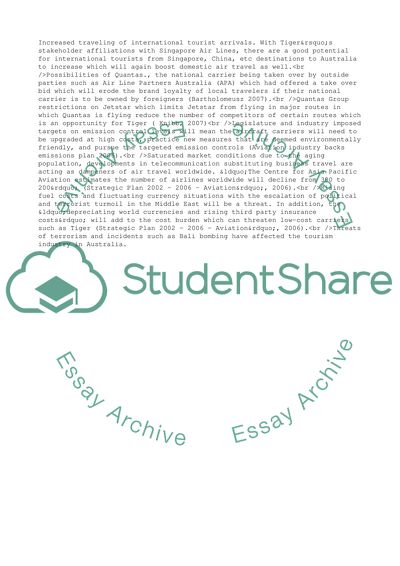Cite this document
(The Entry of Tiger Airways into the Australian Aviation Market Case Study, n.d.)
The Entry of Tiger Airways into the Australian Aviation Market Case Study. https://studentshare.org/business/1711117-the-entry-of-tiger-airways-into-the-australian-aviation-market
The Entry of Tiger Airways into the Australian Aviation Market Case Study. https://studentshare.org/business/1711117-the-entry-of-tiger-airways-into-the-australian-aviation-market
(The Entry of Tiger Airways into the Australian Aviation Market Case Study)
The Entry of Tiger Airways into the Australian Aviation Market Case Study. https://studentshare.org/business/1711117-the-entry-of-tiger-airways-into-the-australian-aviation-market.
The Entry of Tiger Airways into the Australian Aviation Market Case Study. https://studentshare.org/business/1711117-the-entry-of-tiger-airways-into-the-australian-aviation-market.
“The Entry of Tiger Airways into the Australian Aviation Market Case Study”. https://studentshare.org/business/1711117-the-entry-of-tiger-airways-into-the-australian-aviation-market.


